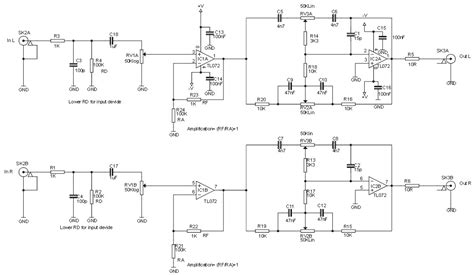
ALL ABOUT FLEX PCB
-
 Read more: Solder Mask – The Most Comprehensive Introduction Is Here
Read more: Solder Mask – The Most Comprehensive Introduction Is HereWhat is Solder Mask? Solder mask, also known as solder resist or solder stop mask, is a thin layer of polymer that is applied to the copper traces of a printed circuit board (PCB). Its primary purpose is to prevent solder from bridging between conductors during the soldering process, which […]
-
LM7824: Description, Specs, Applications, Pinout
Posted by
–
 Read more: LM7824: Description, Specs, Applications, Pinout
Read more: LM7824: Description, Specs, Applications, PinoutIntroduction to the LM7824 Voltage Regulator The LM7824 is a popular fixed positive voltage regulator IC that provides a constant +24V DC output voltage. It is part of the 78xx series of linear voltage regulator ICs. The LM7824 is designed to provide a stable, ripple-free regulated output voltage for a […]
-
 Read more: Manufactures and Assembles PCBs for Bitcoin Miners
Read more: Manufactures and Assembles PCBs for Bitcoin MinersUnderstanding Bitcoin Mining and the Role of PCBs Bitcoin mining is the process of verifying and adding transaction records to the public ledger, known as the blockchain. Miners use specialized hardware to solve complex mathematical problems, and in return, they are rewarded with newly minted Bitcoins. The PCB is an […]
-
 Read more: SMD vs SMT vs PTH: Ultimate Guide to PCB Assembly Terms
Read more: SMD vs SMT vs PTH: Ultimate Guide to PCB Assembly TermsWhat is PCB Assembly? PCB assembly is the process of attaching electronic components to a printed circuit board. It involves several steps, including solder paste application, component placement, and soldering. The primary goal of PCB assembly is to create a functional electronic device by interconnecting various components on a PCB. […]
-
Audio low noise preamplifier circuit diagram
Posted by
–
 Read more: Audio low noise preamplifier circuit diagram
Read more: Audio low noise preamplifier circuit diagramIntroduction to Audio preamplifiers An audio preamplifier is an essential component in any audio system, responsible for amplifying low-level signals from sources such as microphones, turntables, or CD players to a level suitable for further processing or amplification. The main purpose of a preamplifier is to boost the signal while […]
-
MAX3232 Datasheet: A Basic Guide
Posted by
–
 Read more: MAX3232 Datasheet: A Basic Guide
Read more: MAX3232 Datasheet: A Basic GuideIntroduction to the MAX3232 The MAX3232 is a dual driver/receiver that includes a capacitive voltage generator to supply RS-232 voltage levels from a single 5V supply. It is designed to interface between UART (Universal Asynchronous Receiver-Transmitter) and RS-232 serial ports, providing the necessary level shifting and signal inversion. Key Features […]
-
10 Best PCB Design Software Tools In 2024
Posted by
–
 Read more: 10 Best PCB Design Software Tools In 2024
Read more: 10 Best PCB Design Software Tools In 2024What is PCB Design Software? PCB design software is a computer-aided design (CAD) tool used to create electronic schematics and design printed circuit boards. It allows engineers and designers to plan the layout of electronic components, connectors, and traces on a PCB. The software provides a user-friendly interface to create, […]
-
 Read more: Self-Powering Generators: A Must-have Guide for the electronics industry
Read more: Self-Powering Generators: A Must-have Guide for the electronics industryWhat are Self-Powering Generators? Self-powering generators are devices that can generate electrical power without relying on an external power source. These generators harness energy from various sources, such as mechanical motion, heat, light, or even ambient electromagnetic waves, and convert it into usable electrical energy. The generated power can then […]
-
 Read more: Center-Tapped Transformers: A Brief Introduction into Its Working and Applications
Read more: Center-Tapped Transformers: A Brief Introduction into Its Working and ApplicationsWhat is a Center-Tapped Transformer? A center-tapped transformer is a type of transformer that features a secondary winding with a connection at the midpoint, dividing the winding into two equal parts. This connection, known as the center tap, allows for the output of two equal voltages with respect to the […]
-
 Read more: Microwave Sensor: What It Is, Types, & the Working Principle
Read more: Microwave Sensor: What It Is, Types, & the Working PrincipleWhat is a Microwave Sensor? A microwave sensor is a type of electronic device that emits high-frequency electromagnetic waves, typically in the microwave spectrum (300 MHz to 300 GHz), and detects the reflected waves to determine the presence, distance, or velocity of an object. These sensors are non-contact, meaning they […]




